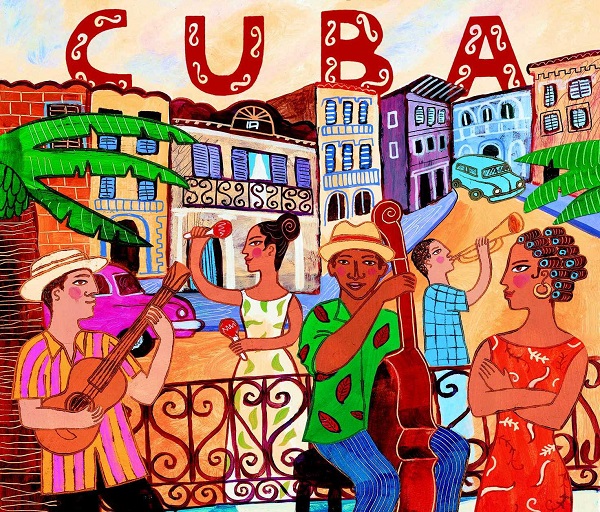10.3 Creators of musical genres of Cuban music of the 20th century (1930-1958).

One of the creators of Cuban musical rhythms and genres during this period was Orestes López. He played several musical instruments, including the double bass, cello, piano, and five-key flute. He began his musical career in the Philharmonic Orchestra. He was part of several Cuban popular music orchestras, playing piano or bass, depending on the need. He conducted several orchestras and formed his own, the Orestes López Orchestra.
He was a prolific composer, but he has gone down in Cuban music history for the creation of the mambo. In 1937, he composed his famous Danzón-Mambo, which premiered on the renowned radio station Mil Diez in 1938 by the Arcaño y sus Maravillas orchestra, becoming a huge success. He added a sonera variation to the final part of the Danzón, thus launching a new style of this Cuban musical genre. Its main theme acquired a special syncopated character, and was given the generic name Mambo. Later, the syncopated bass of the aforementioned Danzón gave rise to the dance genre known as Mambo, popularized by Dámaso Pérez Prado, and to the Cha-Cha-Cha, created by Enrique Jorrín.
Enrique Jorrín is considered the King of Cha-Cha-Cha, as he created this Cuban musical genre. At the age of 11, he composed and performed his first danzón, titled Hilda, with the group Selección. He worked with various groups such as Hermanos Contreras, Hermanos Peñalver, and La Ideal, and directed Selecciones del 45.
Jorrín incorporated the musicians’ voices into the danzones, which were purely instrumental, achieving greater power in the music. Over time, he innovated and changed some of the danzones’ parts, until he finally separated them from the danzón. This gave rise to the Cha-Cha-Cha.
He was also a member of the Orquesta América, where he premiered his most famous Cha-Cha-Cha, entitled “La engañadora.” The lyrics tell the story of a young woman with a colossal anatomical distribution who attended a dance hall located on the corner of Prado and Neptuno streets, and whom “all the men had to look at,” only to discover later that “her figure is only filler.” In 1954, Jorrín founded his orchestra, which bore his name and with which he delighted audiences with his famous rhythm.








